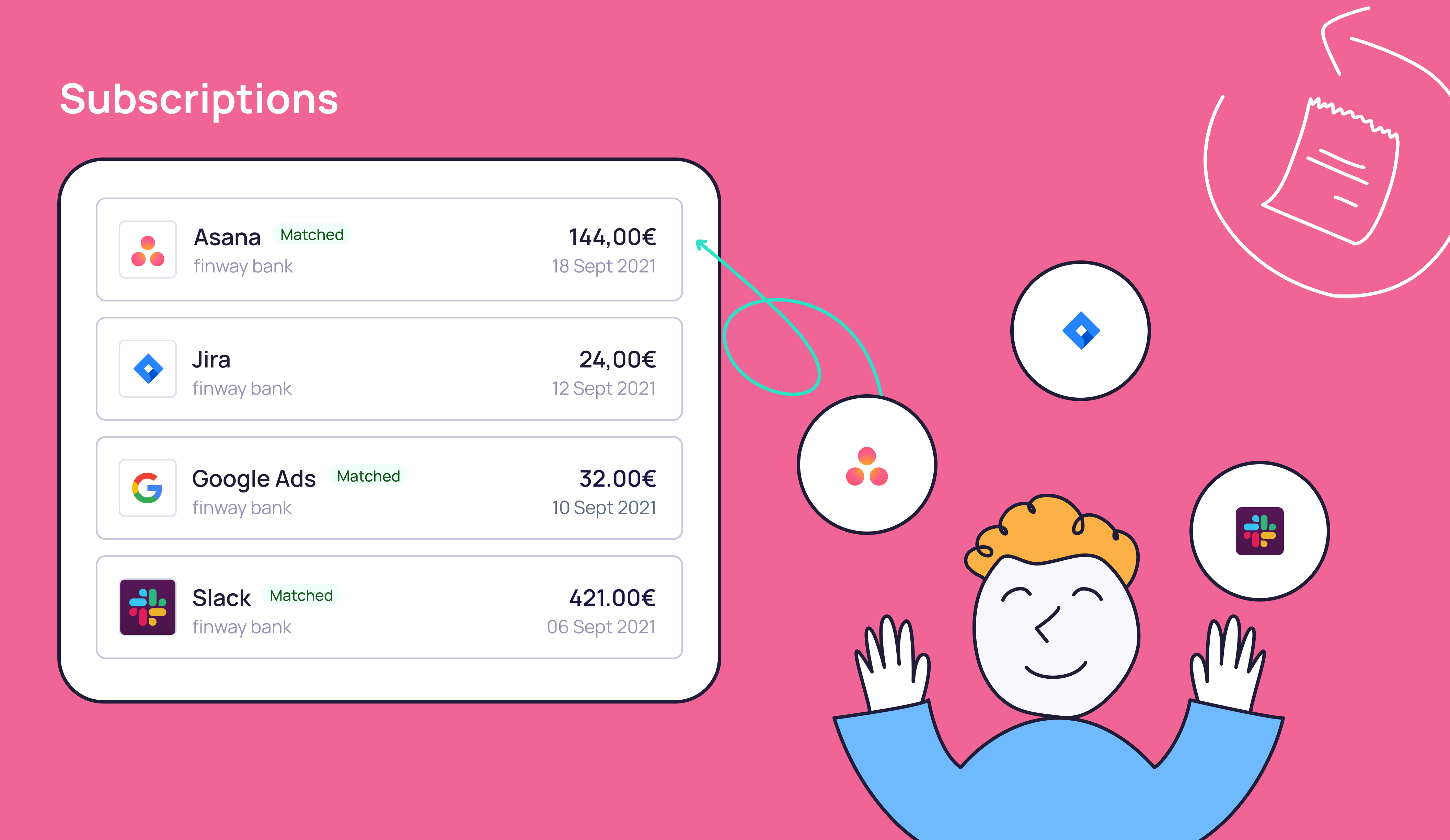Have you ever heard yourself or your colleagues talk this way?
“Our way of processing invoices is certainly not the most effective or productive one at the moment, we know that. It’s an issue we plan to address sometime soon, though!”
“We often exceeded our budgets this year as well, because not all expenses were apparent from the planning and we were nastily surprised when the numbers were finally fully available. It’s such a big issue, it takes time and we don’t have that until the end of this year!”
In conversation with potential finway customers, we have heard sentences like the above ones quite often lately. Once more companies rather decide to head towards the end of the year “as usual”, and then, when everything is fresh and new in the balance again, they may plan on tackling issues like expense management, invoice processing, expense reimbursement, better budgeting, or generally digitizing accounting.
Because – traditionally or according to common practice (the good resolutions…) the turn of the year is gladly used to clean up with old habits and to do everything differently or better in the new year.
But here we ask ourselves:



